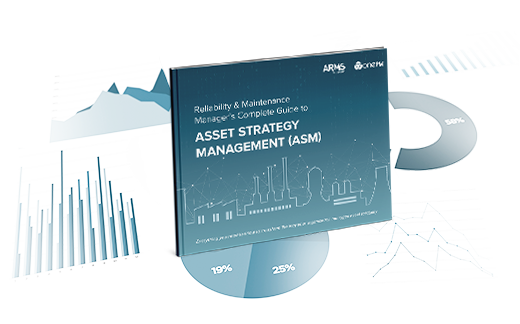There is no doubt that reliability strategies need to change from time to time (we explore why in this article, The dangers of a set-and-forget, static reliability strategy). We operate assets in a dynamic environment – reliability strategy must adjust to keep pace with this and the performance targets. How you manage that change is critical.
Once a reliability strategy is set up – with its routine maintenance plans and corrective actions loaded into the EAM system – there is a perceived level of governance. This perception is derived from the fact that in most organizations, only certain people have the system permission to change the associated Master Data.
The fact is that most organizations have no effective governance in place.
These organizations are not managing the change process around their current routine maintenance plans. This means that someone can request a change (even a verbal request), and the resource with the appropriate system permission simply makes the change.
Yes, some organizations have a more rigid change management process; however, the emphasis is on the change process, with no rigor around the justification of the change to be made.
The result? Routine maintenance tasks are changed based on opinion and subjective decision-making, with no formal evaluation, review or justification.
Strategies will stray and deteriorate over time
Often, we hear the phrase “We need to get back to basics” when someone is discussing their reliability strategy. However, the question that remains is “How did we get away from basics?” Often, poor reliability performance is because the reliability strategy and routine tasks have deteriorated over time through a lack of governance. Changes are made and continue to be made, through good intent but poor judgment. In fact, many people who make the changes are not experienced at all in reliability analysis and strategy review.
In an organization with limited governance, if you look back through the history of changes for any given reliability strategy and the associated routine tasks, some common misguided reasons for change emerge:
- Planners changing task intervals based on experience on similar assets elsewhere
- Tasks being deemed unnecessary – perhaps inspections have been conducted several times with no signs of degradation detected – so the task is removed
- Task intervals are changed to align with a new operations schedule
- Task intervals are changed to extend the shutdown interval
- Ineffective tasks can be added in based on experience with similar assets elsewhere
Ultimately, any change to the reliability strategy and routine maintenance tasks should go through appropriate review and approval and be based on data-driven justification for the change.
ASM embeds governance
A key element of Asset Strategy Management (ASM) is the process of reliability strategy review and update. Any requested change follows a documented process workflow, whereby the requested change is assessed and justified by a reliability-based resource. The change then flows through review, perhaps by a nominated equipment subject matter expert (SME), being finally approved by the appropriate leader or manager.
The change is then captured in the audit log for the reliability strategy, so that at any point in the future, the full history of strategy changes can be reviewed, assessed and the decision logic understood.
The process ensures that the reliability strategy gathers intelligence and maintains alignment to reliability principles and performance targets. More importantly, it delivers the peace of mind that the reliability strategies being executed are based upon the latest data and best intelligence for the assets, with full audit logs and justification.


